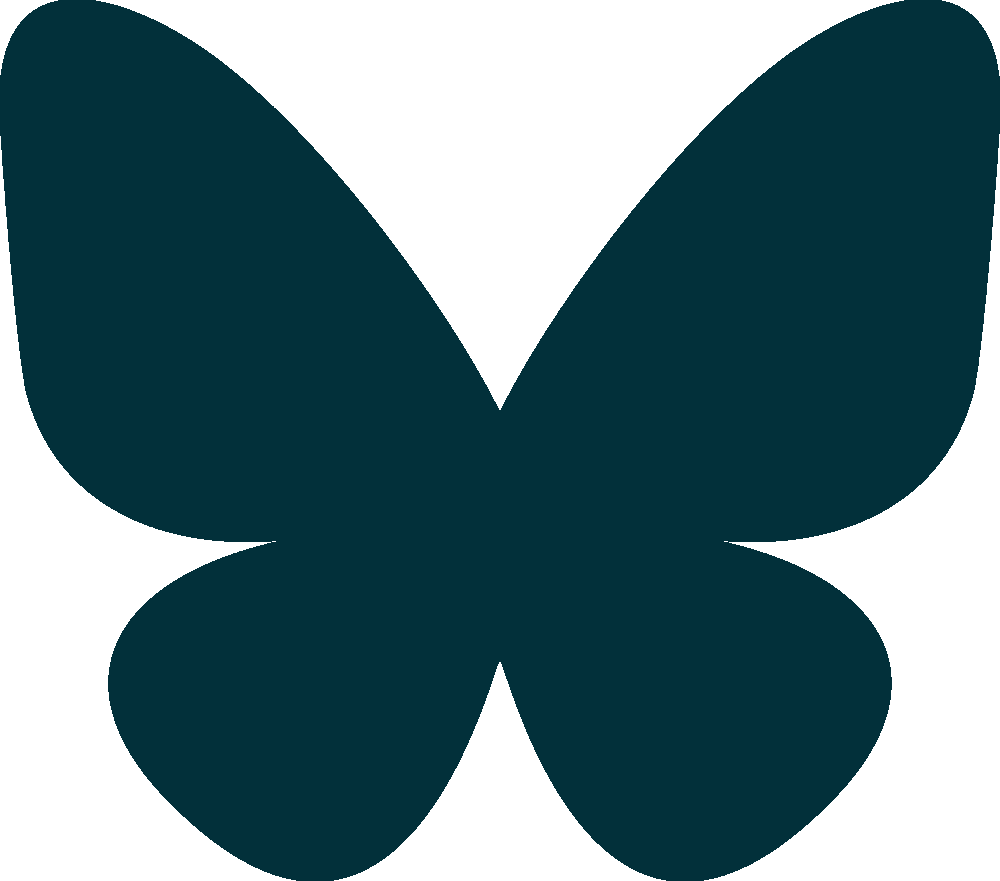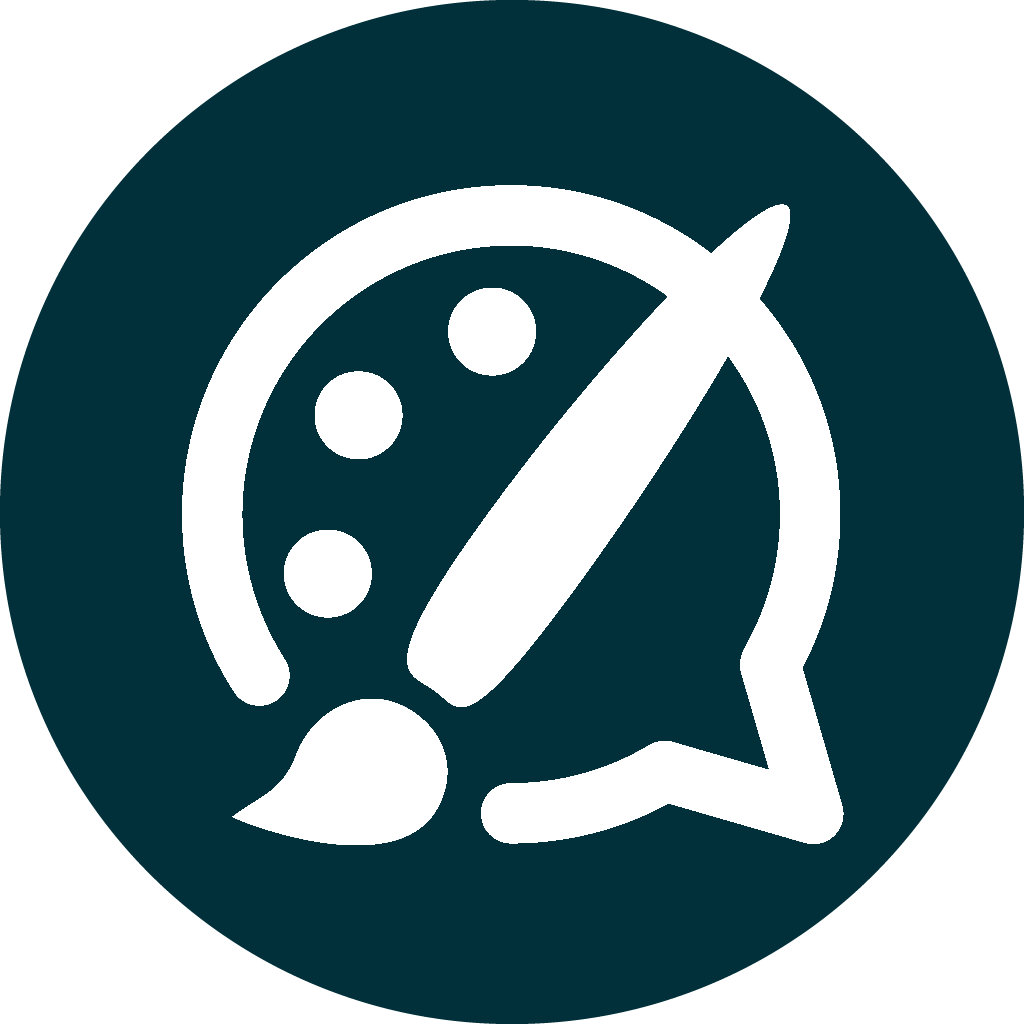Alien Dog Grooming
[Here is an example of the type of article I'd like you to write. Here, I have drawn on my experience as a dog groomer. I trained at college for a couple of years, 20 years ago, but didn't take my exams. Please also note that this article is for demonstration purposes only and is written as if I am a client of The Character Consultancy rather than it's owner, so you can see how you would be referring to me in your own articles.]
Twenty years ago I trained as a dog groomer. Being both a stickler for detail and quite creative (not to mention a dog lover!), the industry suited me. In the end I left to pursue a more social line of work (most dog groomers work alone and it turned out I was more gregarious than I'd originally thought I was), but not before I learned a wide range of weird and wonderful (not to mention strict) dog-trimming standards, and the histories behind them.
I'm also a writer and like to create fictional worlds - some bigger than others.
I'm thinking about dog grooming now, years after I left the industry, because I think it presents an interesting starting point when it comes to speculating about one aspect of worldbuilding and fictional culture development: the stylising of domesticated species. I can hardly give a better real-world example than poodles.
Poodles look ridiculous in a very frou-frou sort of way, but back in the day, those puffs of hair were functional, not decorative. Poodles were once used to help with duck-hunting so they spent a lot of time in water. That made them vulnerable to frost nip and other cold-related conditions, so they were trimmed to have warm, protective fur around their leg joints, craniums, and ear and tail tips.
Other breeds present different requirements. Terriers are bred to have wiry, hardy hair which is 'stripped' (not 'trimmed') to maintain the harshness of the hair. Hungarian pulis, komondors and bergamascos are styled with cords or hairy plates. Pekingese, Scottish terriers, old English sheepdogs, and schnauzers are trimmed to yet more different requirements.
None of that even starts to consider the many generations of selective breeding we have put dogs through to get the various qualities of their coats.
If humans treat the hair of a single species in such a diverse range of ways, what might an alien equivalent of humans do with their companion species? Hair is one continually re-growing medium which can be stylised, but what other biomaterials can be? Here are a few examples that I came up with while discussing my worldbuilding project with Hayley from www.thecharacterconsultancy.co.uk.
Beyond Hair
Before I start writing about the different possibilities I want to make it very clear here that I do not condone animal mutilation. The following is purely designed to be speculation of what would be possible in a fictional universe, so that allows for the possibility that any animals being stylised would be sentient and able to consent (or not) to being stylised. Many of the biomaterials listed below are sensitive, so any modification of these could potentially be painful to the animal.
Hair is a type of self-replicating cell. It grows continuously throughout your life (barring certain illnesses, medical treatment, and a few other circumstances), which means that many cultures have developed ways of trimming it into different styles to achieve different effects - and that goes for humans themselves as well as their dogs.
However, hair is not the only biomaterial that regrows. Worldbuilding writers out there might want to consider including details in their worlds where a species modifies themselves or their companion species. I am writing this article to help whet their appetites.
Antlers
Antlers are made of bone and, in some species, grow, are shed, and regrow year by year. A 'velvet' grows on their surfaces until they reach maturity. The ephemeral nature of antlers implies that they could potentially be stylised. However, immature antlers are sensitive so any species that had antlers would suffer if their antlers were carved, or their velvet stylised in any way.
Note that horns are technically different from antlers. Instead of bone, they are made of compressed hair and contain blood vessels and nerves. They are most certainly sensitive so any creature that has horns would feel pain if they were carved. However, one species - the pronghorn - has a horn sheath that is shed and regrown each year, so potentially a sheathed horn in its latter stages of development could be carved, dyed, or otherwise modified.
Hooves / Nails and Beaks
Unlike antlers, these are made of keratin and are technically specialised hair follicles. They grow from a sensitive bed but are insensitive beyond the bed.
Beaks are also made of keratin, and puffins in particular are known for shedding their colourful beaks each year. This again presents the potential for the beak of a fictional species to be modified for decorative purposes (although most birds native to Earth would find that deeply unpleasant. Undoubtedly most species, real or fictional, would find any attempt at modification of their beaks distressing. This might be something you want to consider when writing about the culture of dyeing, carving, binding, training, or otherwise modifying any species).
Feathers
Feathers can be sensitive as, for much of their life, they have a blood supply. However, trimming the soft trailing edges of feathers may be easier for the bird.
Fish Scales
Fish scales are made of a combination of keratin, lamellar bone, vascular bone, and cosmine (spongy bone, if you're wondering). Fish scales can indeed regrow (as long as the base that the scale grows out of isn't damaged too deeply), so carving those or shaping their leading edges would be a possibility.
Fish Fins
Fish fins are made of a few materials - bony spines and skin - and are certainly sensitive. Like the skin of any other animal, the skin of their fins can regrow, but shaping these would be very unpleasant. For sentient fish however, there would be the possibility of tattooing them.
Disclosure: This article is sponsored by The Character Consultancy.
References
Credits
Title image by Dotau and used with their kind permission.


